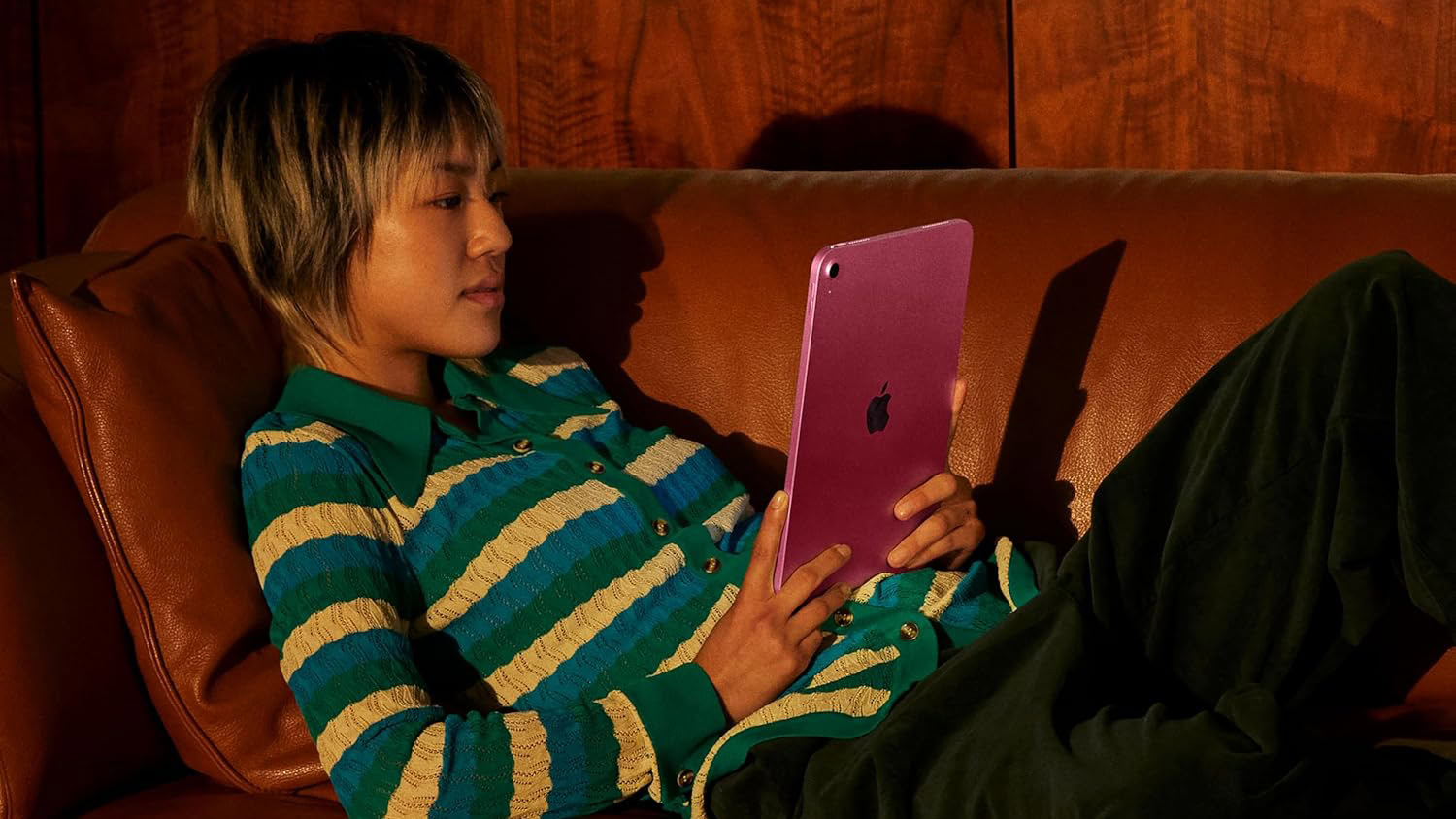Looking to upgrade to a 2025 flagship Android smartphone but aren’t sure which one to choose?
While the Nothing Phone 3 visually is unlike any other smartphone on the market, Xiaomi 15 is a confident performer thanks to its mighty Snapdragon 8 Elite chipset. So which one should you choose?
Keep reading to learn the differences between the Nothing Phone 3 vs Xiaomi 15, and determine whether you think either deserves a place on our best Android phone list.
Price and Availability
The Nothing Phone 3 is the most expensive Nothing handset ever launched, with a starting RRP of £799/$799. Considering that’s the same price as Apple’s flagship iPhone 16 and Google’s Pixel 9 flagship, this isn’t necessarily a surprising pricing strategy.
While the Xiaomi 15 does have a pricier starting RRP than the Nothing Phone 3, at £899, it’s worth noting we have seen price drops for the handset since its launch. For example, at the time of writing, you can pick up the 512GB model for just £799.
Design
- Nothing Phone 3 has a Glyph Matrix
- Xiaomi 15 is thinner and lighter than the Nothing Phone 3
- Both have an IP68 protection rating
Arguably the headline feature of the Nothing Phone 3 is that it no longer sports the iconic Glyph Interface which was first introduced in the Nothing Phone 1. Instead, the Phone 3 features a Glyph Matrix, which is a small display made up of 489 LEDs that shows you certain notifications.
Also introduced with the Phone 3 is Glyph Toys, which is a suite of useful tools such as Digital Clock, Battery Indicator, Stopwatch and more, all displayed within the Glyph Matrix.

It’s fair to say the Xiaomi 15, and even some of the best smartphones, look pretty boring in comparison. That’s not to say that the Xiaomi 15 doesn’t look smart, as it still sports the same large square camera module seen on the Xiaomi 14, alongside curved edges with a glass front and back.


At 8.08mm thick and weighing 191g, the Xiaomi 15 is also smaller and lighter than the Nothing Phone 3, which is 9mm thick and weighs almost 220g.
Winner: Nothing Phone 3
Screen
- Nothing Phone 3 is larger at 6.67-inches
- Xiaomi 15’s screen is just 6.36-inches
- Both have an AMOLED display
There’s a fairly large size difference between the Phone 3 and Xiaomi 15, with the former’s display measuring at 6.67-inches while the latter’s is just 6.36-inches. We’d argue that whether a bigger screen is better depends entirely on your preference; I, for example, prefer a smaller handset as I don’t tend to use my phone for gaming or streaming.
If you do prefer more screen real estate then the Phone 3 is easily a better choice here. In fact, we hailed the handset’s AMOLED display as being one of its strongest features, especially thanks to its brightness, colour reproduction and contrast levels.
Even so, the Xiaomi 15’s AMOLED display is not to be sniffed at, as its 2670 x 1200 pixel resolution results in a sharp offering. Plus, the handset supports the likes of Dolby Vision, HDR10 and HDR10 Plus too.
Finally, like most of even the best cheap smartphones, both handsets are equipped with a 1-120Hz refresh rate. This is a feature we still can’t believe is missing from the iPhone 16 and iPhone 16 Plus.
Nothing Phone 3
Xiaomi 15
Winner: Nothing Phone 3
Cameras
- Both handsets have three 50MP rear lenses
- We found Nothing Phone 3’s cameras to be fine, if inconsistent
- The Xiaomi 15’s camera is designed in partnership with Leica
Although both handsets have three rear 50MP lenses, they differ with their exact offerings. Mainly, the Xiaomi 15 offers 2.6x native zoom while the Phone 3 offers up to 3x. Overall we were impressed with the Xiaomi 15’s photography prowess, as its main camera in particular generally produces “lovely, detailed images in good light” and even in lower light too.


The zoom, however, is limited to 2.6x native but Xiaomi does offer an AI feature to assist with ultra-zoom images. While this is a nice tool to have, and can make images look noticeably sharper, you do risk losing detail when using AI.
While it may not boast a spot on our best camera phone list, like the Xiaomi 15 Ultra, the Xiaomi 15 is a good choice for anyone who enjoys playing around with the camera function. However, for a more simple point-and-shoot experience, you may be better off going elsewhere.
The Phone 3, on the other hand, offers somewhat of an inconsistent performance. While its main lens is the most reliable of them all, the periscope zoom lens in particular struggles when you push it further than 3x.


On the other hand, it’s worth noting that the zoom camera does do well at taking macro photography shots, and allows you to get relatively close to smaller objects.
Winner: Xiaomi 15
Performance
- Snapdragon 8s Gen 4 vs Snapdragon 8 Elite
- Both handsets come with 12GB RAM
- Xiaomi 15 had a tendency to get warm under heavy loads
Considering the Phone 3 is hailed as a true flagship smartphone, it’s surprising that it doesn’t run on Qualcomm’s latest Snapdragon 8 Elite chipset, like the Xiaomi 15. Instead, Nothing makes do with Snapdragon 8s Gen 4, which is a lower cost option that offers a similar amount of power as the 2024 flagship Snapdragon 8 Gen 3.


It may seem disappointing, especially considering just how powerful Snapdragon 8 Elite is and as it powers a lot of the best Android phones. However, we still found the Phone 3 took everything from everyday scrolling to streaming and even intensive gaming in its stride.
Sure, it doesn’t quite score as highly as the Snapdragon 8 Elite in our Geekbench and GFX Bench tests, but if you want a capable phone and don’t necessarily need the absolute best of the best, then the Phone 3 is more than enough.


Otherwise, as you may have predicted, the Xiaomi 15 is a seriously mighty handset. All apps, including games, are fast to launch and everything feels impressively smooth in use. The biggest issue we found with the Xiaomi 15 was its inability to stay cool. Despite being fitted with Xiaomi’s IceLoop Cooling System, we still found the handset became warm to the touch. However, that’s a compromise we can expect from such a compact phone.
Winner: Xiaomi 15
Software and AI
- NothingOS is an almost entirely bloat-free Android skin
- Xiaomi’s HyperOS skin, on the other hand, includes a lot of unwanted apps
- Xiaomi 15 includes some AI tools like Gemini and Circle to Search
NothingOS is easily one of our most favourite Android skins, as it’s not only easy to customise but it’s almost entirely bloat-free, which means it doesn’t come installed with a bunch of pointless apps. It’s a different story with Xiaomi’s HyperOS skin.
HyperOS firstly seems to draw inspiration from iOS, which instantly makes the handset feel less like a raw Android performer. Plus, it comes with heaps of bloatware which includes a second app store, AliExpress, Booking.com and many, many more.
The Xiaomi 15 is also equipped with lots of Google’s AI features, including Circle to Search and Gemini. There’s also photo editing tools, which we think are the most genuinely useful AI-powered functions.
Nothing, on the other hand, offers a handful of AI tools and how useful they are will depend on your own opinion. These tools include Essential Space, which is similar to Google’s Pixel Screenshots, and uses AI to organise and summarise your notes and content in one handy place.


There’s also Flip to Record, which enables users to transcribe and summarise meetings simply by long-pressing the Essential Key and turning your phone face down. Similarly, Nothing is also launching the new Essential Search tool, which is a “smart search bar” that allows you to search across your contacts, photos, files and more.
Finally, the Xiaomi 15 has ChatGPT integration built-into the software too, although this only applies if you have the tool installed in the first place.
Winner: Nothing Phone 3
Battery Life
- Xiaomi 15 has a slightly higher battery capacity at 5240mAh
- Xiaomi 15 supports 90W and 50W wireless charging speeds
- Neither are two-day devices
While we found the Nothing Phone 3 isn’t quite a two-day battery, its 5150mAh capacity is undoubtedly enough to comfortably see you through even the busiest of days with some charge left.
The Xiaomi 15’s battery capacity is slightly higher at 5240mAh, and we found it ended days easily with at least 50% left in the tank. Again, like the Phone 3, this doesn’t quite work as a two-day handset but it will alleviate battery anxiety.
Charging speeds are what really separates the two phones. While the Phone 3 supports 65W and 15W wireless speeds, the Xiaomi 15 boasts 90W HyperCharge and 50W HyperCharge wireless. However, with both handsets, you’ll need compatible chargers to benefit from these speeds.
Winner: Xiaomi 15
Verdict
With its mighty Snapdragon 8 Elite chipset, reliable Leica camera hardware and a compact design, the Xiaomi 15 is a brilliant all-rounder for most users. Plus, its super fast charging speeds means you will rarely struggle with battery anxiety.
On the other hand, if you want a phone that stands out from the crowd and sports a much larger display, then the Nothing Phone 3 is an easy choice. Not only that, but it also boasts a cheaper starting RRP so you can nab a bargain too.










